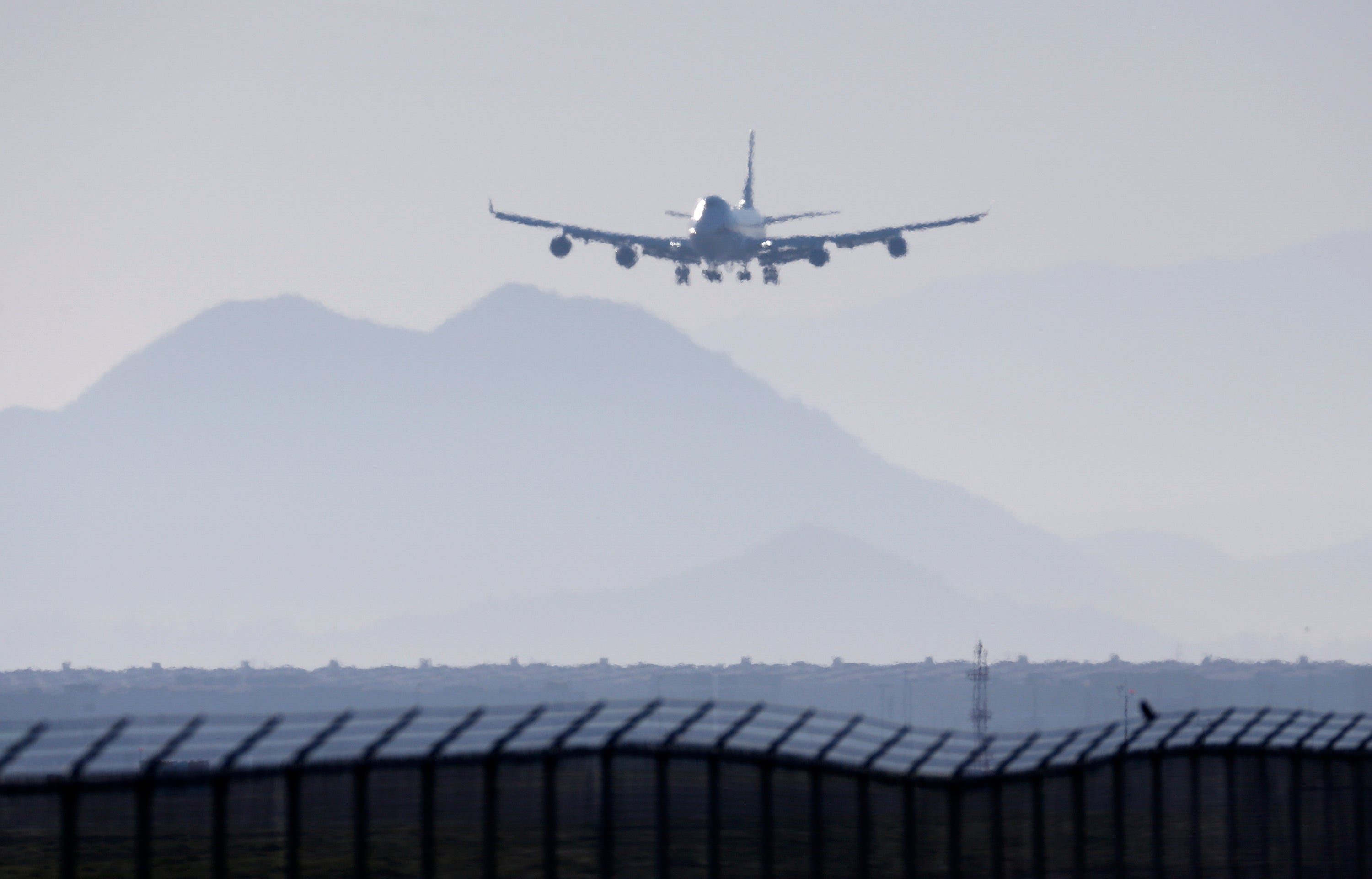Redo of federal plane evacuation tests sought as passengers squeeze into smaller spaces
Congress is looking into just how quickly airline passengers can evacuate a plane during an emergency

Your support helps us to tell the story
From reproductive rights to climate change to Big Tech, The Independent is on the ground when the story is developing. Whether it's investigating the financials of Elon Musk's pro-Trump PAC or producing our latest documentary, 'The A Word', which shines a light on the American women fighting for reproductive rights, we know how important it is to parse out the facts from the messaging.
At such a critical moment in US history, we need reporters on the ground. Your donation allows us to keep sending journalists to speak to both sides of the story.
The Independent is trusted by Americans across the entire political spectrum. And unlike many other quality news outlets, we choose not to lock Americans out of our reporting and analysis with paywalls. We believe quality journalism should be available to everyone, paid for by those who can afford it.
Your support makes all the difference.Lawmakers who want tougher standards for evacuating aircraft in an emergency have criticized the Federal Aviation Administration for what they consider unrealistic simulations, and now they are calling for a do-over of current evacuation tests.
Decades-old federal rules require that planes be designed so that passengers can escape the cabin within 90 seconds in case of fire or some other emergency, even with half the exits blocked. Critics say the FAA has been lax in ensuring that today's airliners — with more seats and narrower rows — meet that standard.
They point to incidents including an American Airlines plane that caught fire on the ground in Chicago in 2016. Video from inside the plane showed panicked passengers clogging the aisle as they waited to slide down emergency chutes. Twenty people were injured in the chaotic escape.
“It should not — it cannot — take another tragedy to bring our aircraft evacuation standards up to date,” Sen. Tammy Duckworth, D-Ill., said in announcing legislation she and others introduced Wednesday to require changes in how FAA conducts evacuation tests.
When the FAA ran drills on an aircraft cabin mock-up in Oklahoma City in 2019, all the volunteers who took part were able-bodied adults under 60.
The FAA's administrator at the time acknowledged that the tests provided “useful, but not necessarily definitive information.”
The FAA grudgingly conducted those tests only after Congress ordered the agency to come up with minimums for the size of airline seats and the distance between rows. Lawmakers said new standards are necessary because Americans are getting heavier while airlines are cramming more seats on planes.
The FAA declined to comment but has previously said the chance that passengers will survive an emergency is very high. The agency and has resisted efforts to set minimum standards for seat size and distance between rows, saying those are issues of comfort, not safety. A federal appeals court ruled in FAA's favor this year.
Airlines have making seats thinner and reducing legroom to squeeze more passengers on every flight. The distance from a seatback to the one in front or behind it — airlines call that “pitch” — used to measure about 35 inches; now it’s 28 inches on some airlines and 31 or 32 inches on others.
Duckworth's legislation would require FAA standards to consider seat size, the layout of rows, the presence of carry-on bags, purses and briefcases – even though passengers are told to leave those items behind – and a real-world range of passengers including children, seniors and people with disabilities.
Major unions representing flight attendants support the bill, as do Paralyzed Veterans of America, Muscular Dystrophy Association and groups representing people who are blind, deaf or autistic.